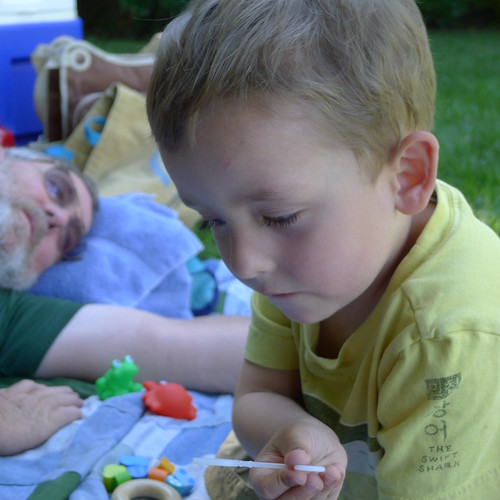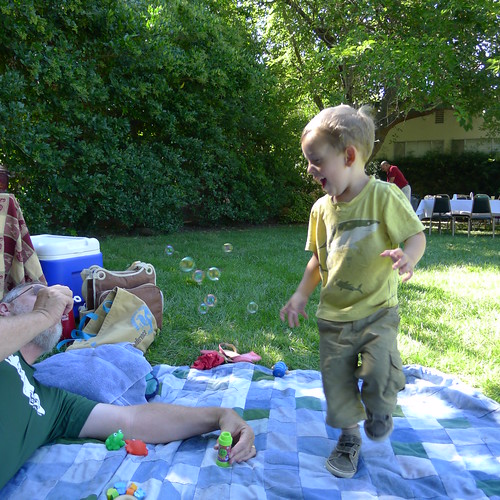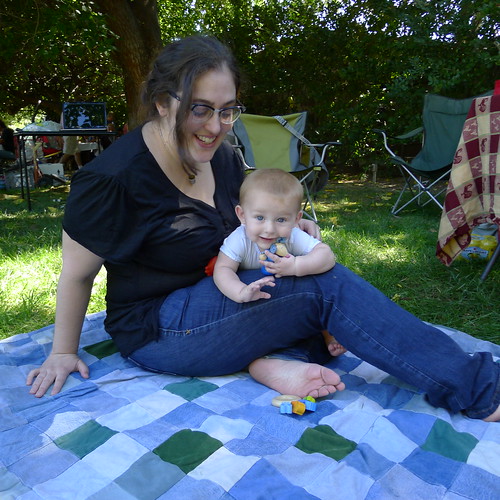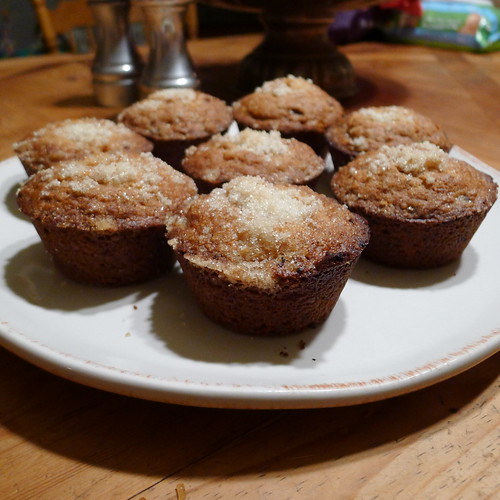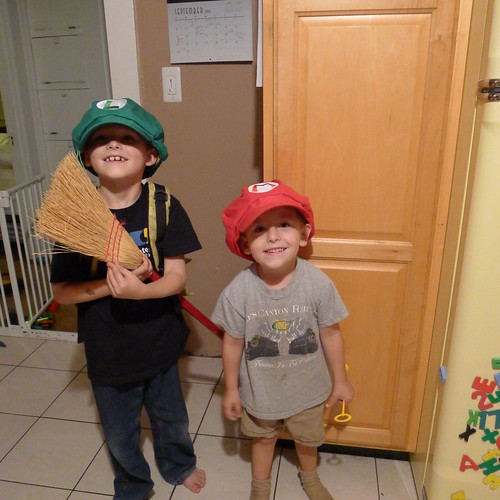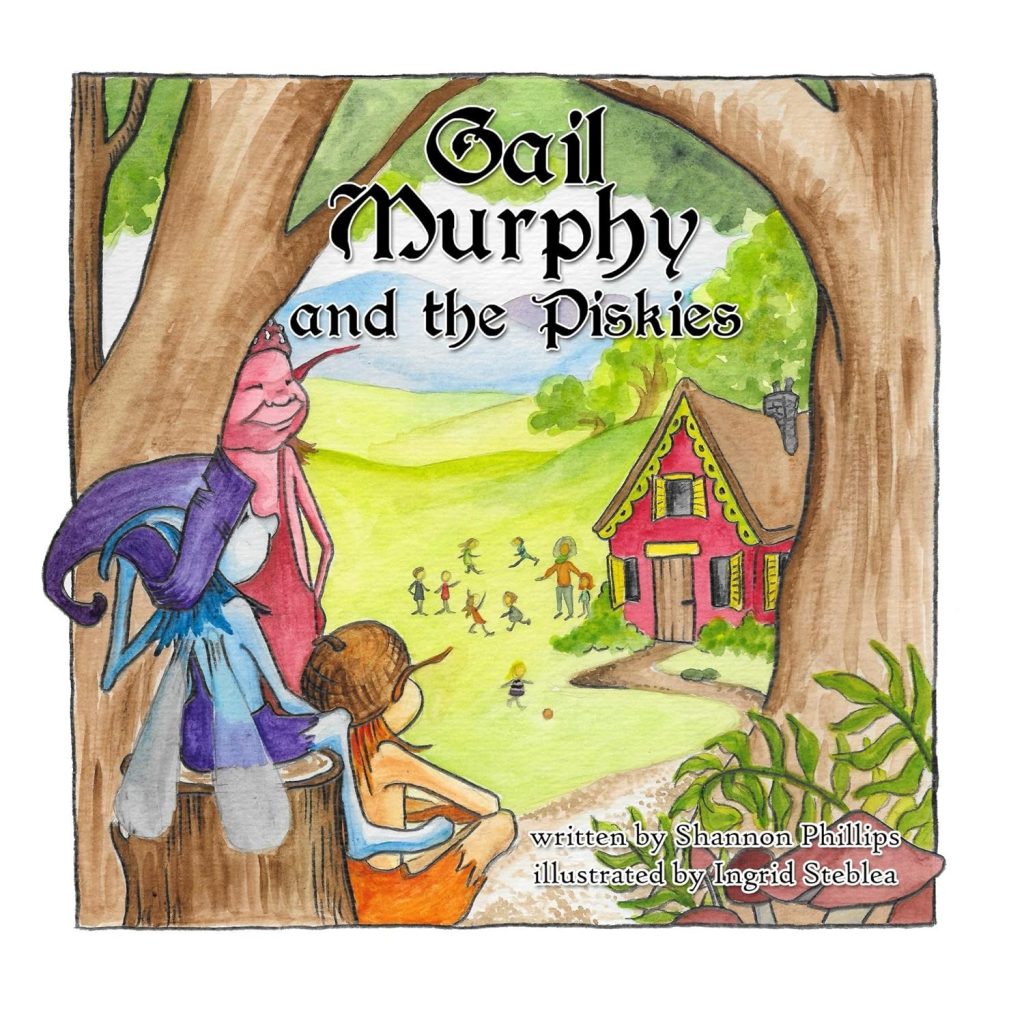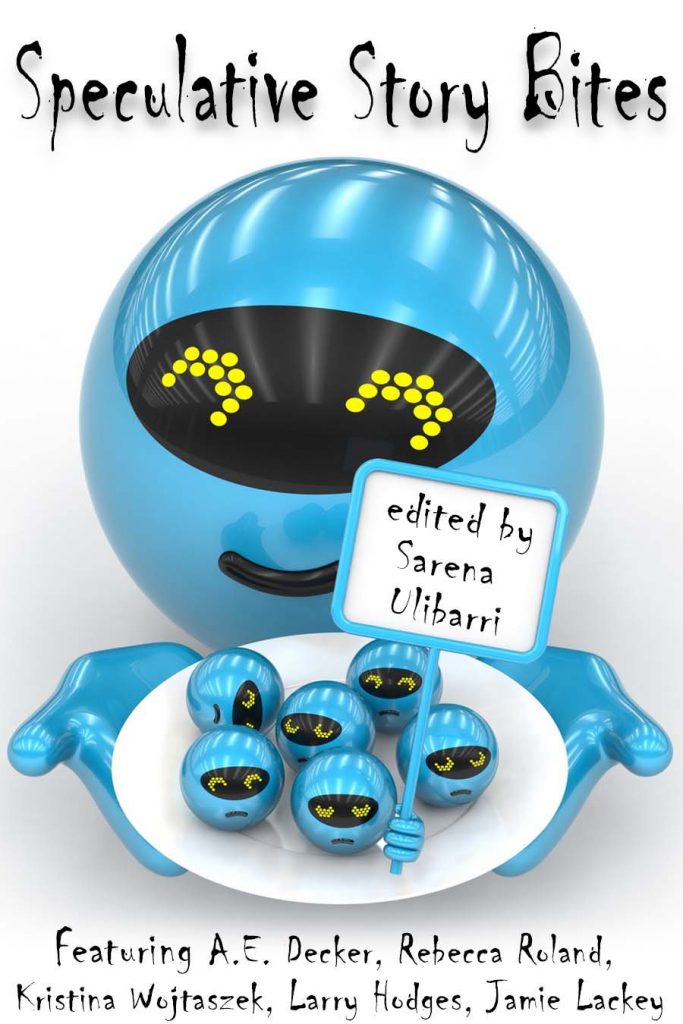My sister is expecting a baby near the beginning of February: my first debut as an auntie! I’m so excited!
She’s in Portland and feeling a lot of pressure from the anti-vaccine crowd. In her words: “They make me feel like an awful person [for choosing vaccination], they tell me my child will hate me forever.” She knows I am a strong proponent of vaccinating for most preventable childhood diseases, so she asked me to put together some links and information for her.
Let’s start with the claim, often heard on Internet messageboards or sometimes from celebrities, that vaccines cause autism. They don’t. This claim began with a fraud, a paper published in The Lancet (a famous and well-respected medical journal) that was later withdrawn after it was found that the author had manipulated data and had multiple undisclosed conflicts of interest. That paper was a hoax and the author was later stripped of his medical license. But it set off a panic.
Since that time there have been a lot of studies—involving millions of children in several countries—and it turns out that there’s simply no difference in autism rates among those who are vaccinated and those who are not. The American Academy of Pediatrics, the CDC, the World Health Organization, and the Institute of Medicine all agree that there is no link between vaccines and autism. The scientific consensus on this question is so strong that it is, frankly, no longer a question. It’s a settled fact. Vaccines do not cause autism.
Vaccines do sometimes have side effects, though. Sometimes they have serious side effects. It’s rare, but some vaccines can trigger seizures or cause very high fevers. So in considering whether or not to vaccinate, we have to do a risk trade-off analysis. Which is riskier, the vaccine or the disease?
Several years ago, many parents were able to look at diseases like measles and whooping cough and say, wow, these diseases are really rare. I’m not sure that I want to give my child this vaccine when they probably won’t even be exposed to the disease in the first place.
That reasoning is not irrational, but it depends on assumptions that are no longer true. Measles and whooping cough are both surging back. Other diseases, like polio, are worth vaccinating for even though the disease remains very rare in the U.S., because the polio vaccine has no serious side effects and in an age of global travel, a resurgence of polio is only one plane ride away.
I think the rational thing to do is to research each vaccine and consider the risk/benefit tradeoff separately. This is a fantastic website that goes through each vaccine and explains the risks associated with the vaccine versus the risks associated with the disease. In most cases the best choice is to vaccinate. For instance, on the pertussis vaccine:
Do the benefits of the pertussis vaccine outweigh its risks?
This question is best answered by taking a look at the side effects of the old pertussis vaccine. The old pertussis vaccine had a high rate of severe side effects such as persistent inconsolable crying, fever higher than 105 degrees, and seizures with fever. Due to negative publicity surrounding this vaccine, the use of the pertussis vaccine decreased in many areas of the world. For example, in Japan, children stopped receiving the pertussis vaccine by 1975. In the three years before the vaccine was discontinued, there were 400 cases of pertussis and 10 deaths from pertussis. In the three years after the pertussis vaccine was discontinued, there were 13,000 cases of pertussis and 113 deaths from pertussis! It should be noted that although the side effects of the old pertussis vaccine were high, no child ever died from pertussis vaccine.
The Japanese Ministry of Health, realizing how costly its error had been, soon reinstituted the use of pertussis vaccine. The children of Japan proved that the benefits of the old pertussis vaccine clearly outweighed the risks. The new “acellular” pertussis vaccine has a much lower risk of severe side effects than the old “whole cell” vaccine.
Pertussis is very common in the United States. More than more than 41,000 cases of pertussis and 18 deaths were reported to the CDC during 2012. However because of underdiagnosis and misdiagnosis, this number is likely to be a vast underestimate of the number of cases that actually occurred. It is estimated that most years between 600,000 to 900,000 cases occur in adolescents and adults. Sadly, most of the deaths from pertussis occur in young infants who struggle to breathe against a narrowed windpipe, leading them to turn blue or suffer spells of apnea. Because the pertussis vaccine does not cause death, the benefits of the pertussis vaccine clearly outweigh its risks.
A few things you can do if you remain concerned about risks associated with vaccines: make sure your pediatrician uses thimerosal-free vaccines. Ask the pediatrician about a delayed/alternate schedule for vaccination—I would not, however, delay DTaP given the resurgence of whooping cough. Personally, after doing our research, we stuck with the recommended vaccination schedule. But a delayed schedule is definitely better than not vaccinating at all.
I think the vaccine question is for the far left what the climate change question is for the far right. In both cases there is a very strong scientific consensus, and in both cases there are groups of people who passionately dispute that consensus. I am pro-science in both cases.
Having said that, I want to make it clear that I think there are valid grounds to critique the pharmaceutical industry, the lack of regulatory oversight around vaccines, et cetera. I think coming at these questions from a skeptical point of view, and doing your own research, is not a bad thing at all.
But I do think vaccine refusal is a bad thing.
On most parenting issues I am very “live and let live,” but fighting preventable diseases is an issue that affects society as a whole. In every population there are some—babies, the elderly, the immunocompromized—who are most likely to suffer or die from these illnesses, and sometimes these are people who can’t get vaccinated or for whom the vaccine is less effective. These most vulnerable people have to rely on what’s called herd immunity, and herd immunity only works when a high percentage of the population is vaccinated. So those who choose not to vaccinate are putting not just themselves or their kids at risk, but my baby and a lot of other people as well. I can’t view this issue through the rubric of individual choice. There really is an element here that’s about our responsibility not just to our own kids but to the communities we are part of, and especially to the most vulnerable among us.
And I also think it’s important to remember that these illnesses can be terrible. There was a video going around a while back of a baby racked by whooping cough. I knew I couldn’t watch it, and I don’t recommend you watch it either, but keep in mind that the severe coughing fits caused by pertussis can literally break a child’s ribs. Chicken pox can cause permanent brain damage. Measles can cause blindness. If you’re dwelling on the risks associated with vaccines, force yourself to dwell a little bit on the risks associated with the actual disease as well. Because none of these illnesses are trifling.
Vaccination is a hot-button topic, so I will be moderating comments closely. Respectful disagreement and friendly debate is always welcome, but I won’t hesitate to delete comments that veer toward personal attack.


